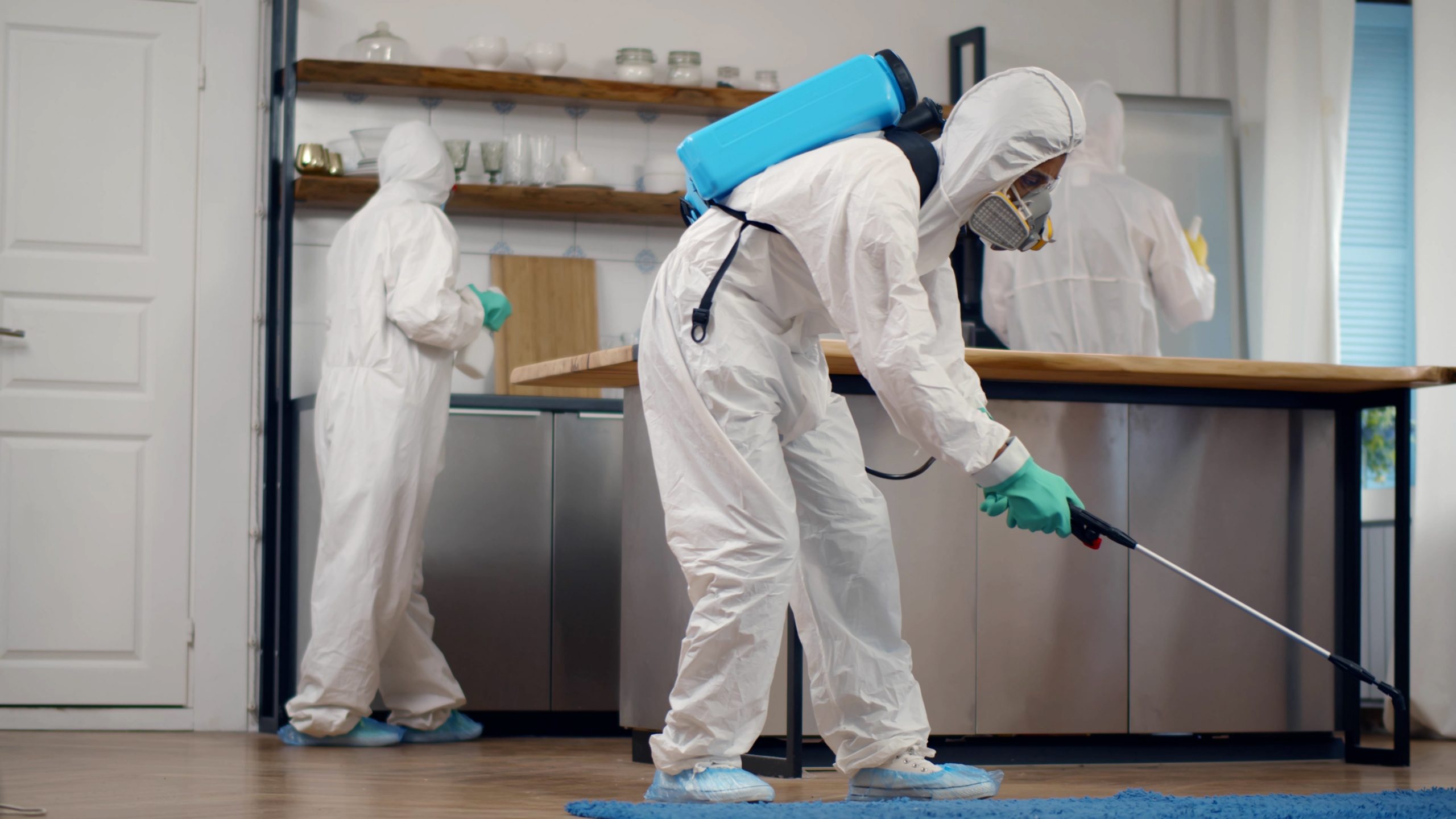Bed Bug Therapy Failure: Comparing Chemical Vs. Non-Chemical Solutions
In the realm of pest control, especially when managing the persistent problem of bed insects, the option between chemical and non-chemical treatment services can be a critical one. Both techniques supply unique advantages and drawbacks, influencing factors such as efficiency, security factors to consider, and general expense. By checking out the nuanced information of each technique, a more clear understanding of which path to seek in resolving a bed bug invasion can be obtained.
Efficiency of Chemical Therapies
Chemical therapies for bed bug infestations have been extensively recognized for their quick and potent efficacy in getting rid of these parasites. When taking into consideration the effectiveness of chemical treatments, it is critical to recognize that they can give a fast and detailed option to a bed bug problem. Professional pest control specialists commonly depend on pesticides to target bed pests at numerous phases of their life cycle, consisting of fairies, adults, and eggs. These chemicals commonly work by interrupting the bed pests' nerve system, leading to paralysis and ultimate death.
Furthermore, chemical treatments have the benefit of using recurring effects, indicating that they can remain to remove bed bugs also after the preliminary application. This recurring activity is particularly advantageous in combating any prospective re-infestations. In addition, the quick action of chemical treatments can bring relief to individuals facing serious bed bug infestations, enabling them to reclaim control of their living areas quickly.
Security Worry About Chemical Solutions
One vital facet that needs cautious factor to consider when using chemical solutions for bed pest treatment is making sure the safety of residents and the setting. Exposure to certain chemicals made use of in bed insect therapies can lead to respiratory concerns, skin irritability, or other unfavorable responses, especially in people with pre-existing conditions or sensitivities.
In addition, the environmental effect of chemical services is one more substantial factor to consider. Some pesticides made use of in bed insect treatments might be dangerous to useful insects, wildlife, and ecosystems if they leach into the dirt or water systems. It is necessary to use chemical treatments sensibly, following security guidelines, and thinking about less poisonous options to minimize these threats and guarantee the secure and reliable management of bed bug invasions.
Benefits of Non-Chemical Approaches
Thinking about the possible safety and security issues and ecological impact linked with chemical services for bed bug treatment, checking out non-chemical strategies offers a promising choice with a number of unique benefits. Non-chemical therapies are eco pleasant, as they do not contribute to air or water pollution, making them a lasting selection for bug control.
Additionally, non-chemical solutions can be efficient in domestic pest control targeting bed insects, including hard-to-reach locations where chemical treatments may not pass through - A1 charlotte pest control companies. Approaches such as warmth therapy, vacuuming, vapor cleaning, and mattress coverings give thorough removal without the usage of dangerous chemicals.
Limitations of Non-Chemical Treatments

In addition, non-chemical treatments often require several applications to attain effective removal. This can be taxing and may not constantly ensure total removal of all bed bugs and their eggs, specifically in hard-to-reach or hidden locations.
In addition, the success of non-chemical therapies greatly go right here counts on appropriate implementation and thoroughness, which can be challenging for people without specialist knowledge. Poor application of non-chemical methods might lead to incomplete elimination, bring about relentless problems and the requirement for additional therapies.
For that reason, while non-chemical treatments have their advantages, it is vital to recognize these limitations and consider them when determining one of the most effective approach for handling bed bug infestations.
Price Comparison: Chemical Vs. Non-Chemical Options
Given the limitations connected with non-chemical treatments, a crucial aspect to assess in the context of bed pest monitoring is the expense contrast in between chemical and non-chemical choices. Chemical treatments generally entail the application of insecticides by experts, which can range from $250 to $900 per room, depending on the severity of the problem and the dimension of the location to be treated. In comparison, non-chemical therapies like warm therapy or steam can be more costly, with prices ranging from $1,000 to $6,000 for a whole home. While the preliminary cost of chemical treatments might seem lower, numerous treatments may be needed to fully eliminate the invasion, potentially enhancing the general price. On the various other hand, non-chemical options may give a more green and sustainable service, although they can be cost-prohibitive for some people. Ultimately, when taking into consideration the price of bed bug therapy options, it is very important to consider the upfront expenses against the efficiency and long-lasting sustainability of the selected technique.
Final Thought

Considering the potential safety my explanation problems and environmental influence connected with chemical solutions for bed pest treatment, discovering non-chemical methods presents an encouraging alternative with several distinctive advantages.Given the limitations connected with non-chemical therapies, an essential element to assess in the context of bed bug management is the cost comparison between chemical and non-chemical options. In comparison, non-chemical therapies like warm treatment or vapor can be extra pricey, with costs varying from $1,000 to $6,000 for an entire home. While the first expense of chemical treatments may appear reduced, multiple therapies may be called for to completely remove the invasion, potentially raising the total price.In conclusion, when comparing chemical and non-chemical bed bug therapy alternatives, it is crucial to take into consideration effectiveness, security, advantages, constraints, and cost.
Comments on “A1 Pest Control Charlotte NC Bed Bugs - Professional Extermination Services”